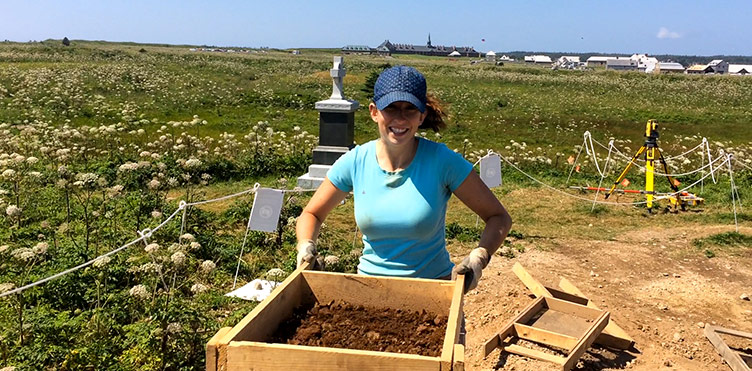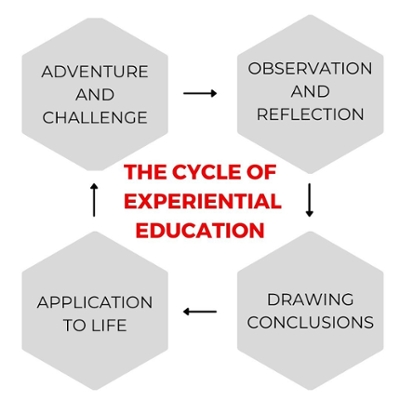What is experiential education?

Experiential learning is an educational framework that gives students the opportunity to utilize the skills learned in the classroom to construct knowledge, skills and value in a real-world setting.
Students and partners engage in authentic experiences and critical reflection to develop new understandings, contribute to their communities and hone their critical competencies before entering the workforce. The strong partnerships developed through experiential education opportunities at UNB help to solve problems in innovative ways.
As part of UNB’s Vision Toward 2030, our office works to support experiential learning opportunities for all UNB students who desire them. We provide resources, guidance, reporting, and strategic direction to facilitate unique, quality experiential education for all students.
We collaborate with students, staff, faculty, and community partners to co-create a vibrant and transformative experiential learning community.
Experiential education comes in many forms throughout all faculties on both campuses.
Experiential learning in education
Experiential education is the theory, while experiential learning refers to the practice. Experiential learning opportunities allow us to engage in experiential education.
Experiential learning is a three-pronged approach
1. Academic learning: Engaging students in relevant learning connected to their academic program.
2. Authentic experience: Providing opportunities for students to practice their learning in meaningful ways.
3. Reflective practice: Building knowledge by connecting theory and practice and identifying competencies acquired through their experience.
Experiential education is a cycle of learning
Kolb’s (1984) cycle of experiential education model is a widely used framework in education.
While concrete experiences are important to learning, they only make up one part of Kolb’s cycle.
The other three stages must be included in order for meaningful learning to take place.

Stages of experiential education
Adventure and challenge (doing/having an experience)
- Which means: Engaging in a concrete experience which could consist of a placement, a class project, etc.
Example: A student from the Faculty of Arts completes an internship placement with a community partner, helping them to create a new program for their clients.
Observation and reflection (reviewing or reflecting on the experience)
- Which means: Reflecting on the experience and drawing observations from it.
- Example: The student writes weekly reflections on their experience during their internship describing how their hands-on learning and experiences are connecting to their previous knowledge, expectations, and goals.
Drawing conclusions (concluding or learning from the experience)
- Which means: Synthesizing observations into conclusions and new conceptual understanding of a new idea or a pre-existing idea.
- Example: The student uses their internship experiences and their reflections to help inform their on-going university experience, provide examples to draw upon in class discussions and coursework, help plan their future goals and career path, and reflect on how their experiences have affected their personal perspective, and opinions about the world.
Application to life (planning or trying out what you have learned)
- Which means: New understandings and knowledge are applied to different, new, and purposeful future experiences.
- Example: The student applies their internship experience towards obtaining future experiential learning opportunities, leadership positions, or work, and uses their past experiences and goals to contribute to their personal and professional success.
Benefits of experiential education
For students
- Apply academic learning in hands-on situations
- Develop professional networks and experience
- Enhance leadership, technical, civic and professional competencies
- Prepare graduates to help solve the pressing challenges facing the world today
- Increase confidence and problem-solving skills
For employers and community partners
- Provide fresh perspectives on the organization's unique problems and challenges
- Build capacity within organizations and demonstrate leadership
- Attract and employ motivated new workers or volunteers
- Retain students and prepare them for rich and fulfilling lives post-graduation
For the university
- Increase student engagement with their academic learning
- Improve student retention
- Create rich connections with partners for ongoing engagement
- Support students’ reflective and integrative learning skills
- Contribute to the development of our communities, province, and region
For our communities
- Create partnerships and work together to tackle pressing issues and challenges
- Enhance engagement with civic and economic sectors
- Generate a diverse, vibrant, and engaged community prepared to lead change, create viable, sustainable growth and local economic development
